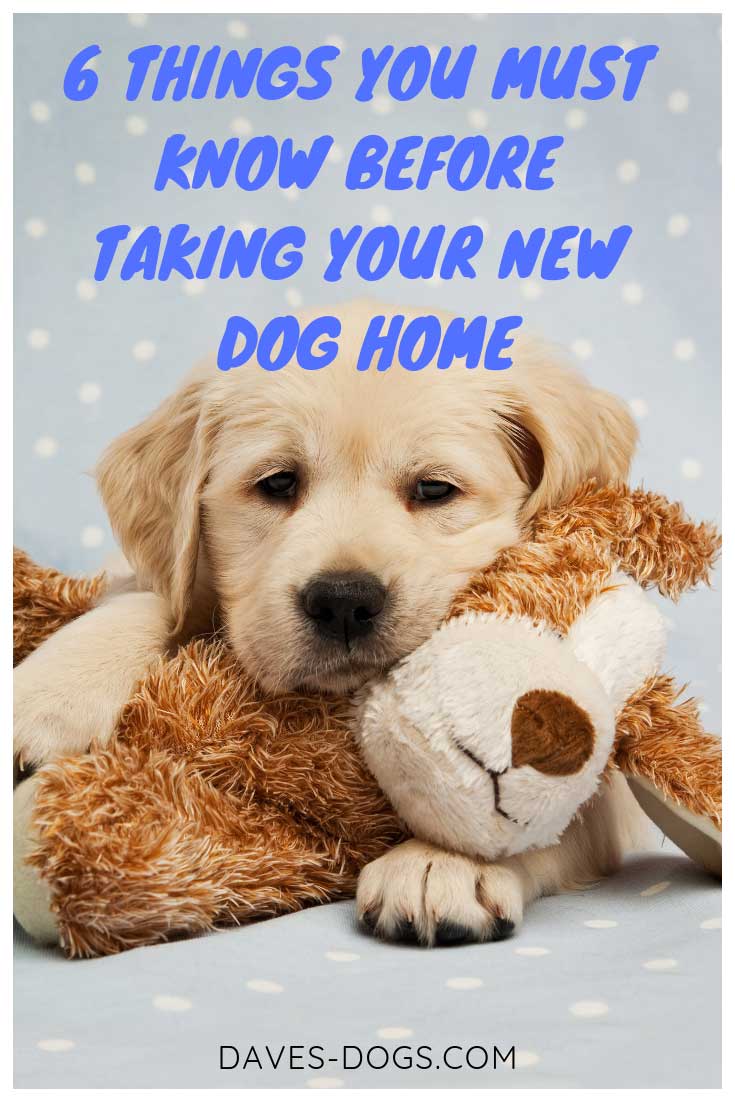
Taking your new dog home shouldn’t be stressful for yourself or your new dog. With a little bit of education, you can make sure that you are all set for what should be a joyful occasion.
We all know that dogs are intelligent, a little too smart at times. You may have seen them at the airport sniffing bags, assisting blind or disabled people or even heading off with the military saving lives. These dogs have all received a lot of training to be able to do what they do.
Does this mean that you need to be an experienced dog trainer to train your dog?
Not at all. Most dogs can be trained with a basic knowledge of dog training. All it takes is some patience and a little effort on your behalf.
Read on to learn what you must know before taking your new dog home to make your dog training journey so much easier.
Table of Contents
Positive Reinforcement
When the term ‘positive reinforcement’ comes to mind, most dog owners automatically think of something pleasurable given to a dog to help reinforce a behaviour or action. This is usually how the dog training phrase is associated- with positive things, like treats and praise, but isn’t actually what it means.
- Positive: This means something is being added to the training. On the flip side, ‘Negative’ would mean something is being taken away. Think in terms of +,- instead of good or bad.
- Reinforcement: You are helping reinforce a behaviour or action, or increase the likelihood your dog will do it again.
House / Potty Training
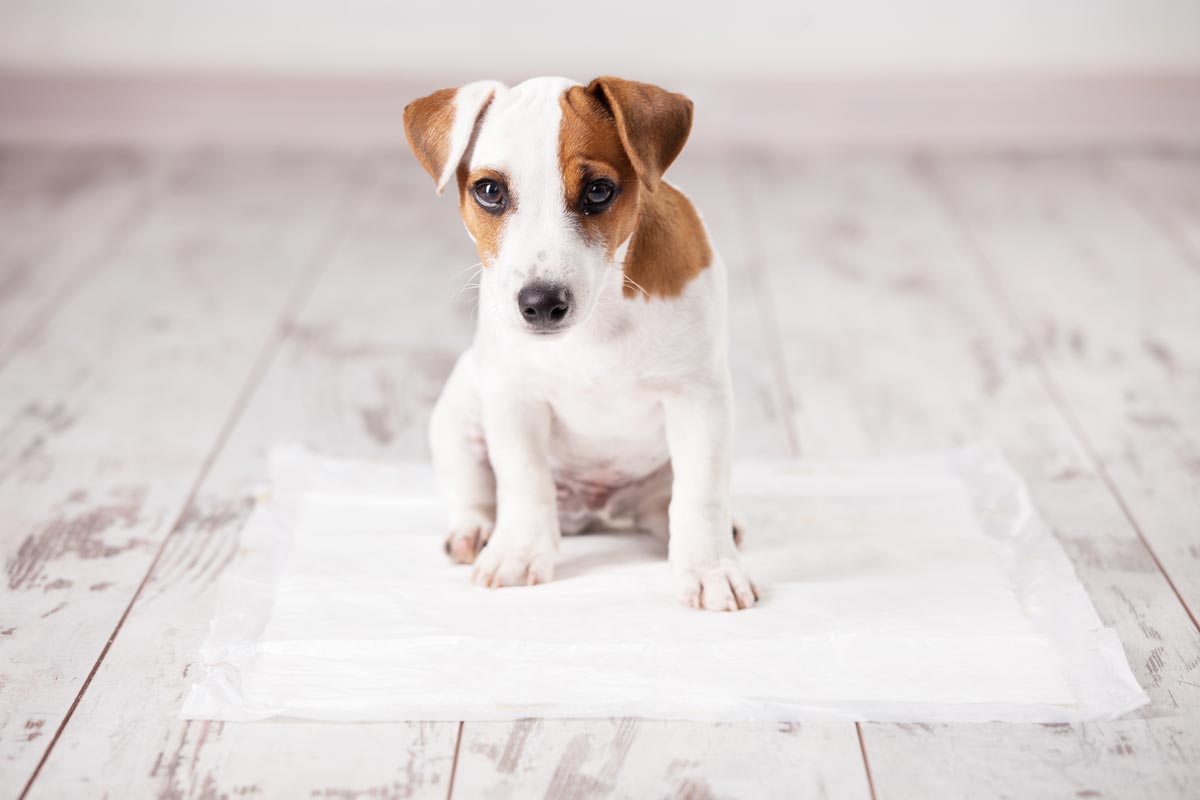
Take a look at the second example above. Most dog trainers will agree- the absolute best, and easiest, potty-training method for a new puppy can begin as early as 8 weeks and will involve Positive Reinforcement and Reward based methods.
You’ll always want to add something to make the puppy feel good about his actions, like treats and praise, as opposed to punishing the pup for possible accidents in the house. For this to be most effective, you’ll always want the puppy to have fun and enjoy the dog training process!
Set a Schedule
Setting a consistent potty schedule for your new pet is integral to your potty training! Eventually, your pup will begin to adjust to this schedule, learning to hold himself until the right times.
Many trainers suggest a ‘month plus one rule’ for young puppies. Since their bodies are developing and bladders are small, they won’t be able to hold their ‘business’ as long as adult dogs. Consider the age of your puppy in months, and add one; this is a reasonable interval in hours between potty breaks. For example, a three-month-old puppy could probably go for four hours between potty breaks. This rule is generally only suitable for young puppies, and won’t work for older pups.
Correct Accidents by Finishing Outside
Your new pup is going to have accidents, but you can use them to your advantage. Every time your puppy begins to eliminate indoors, run him (gently) outside, to the desired spot, and let him finish. The second your puppy has finished relieving themselves outside in the desired area, Shower your pet with enthusiastic praise! Make this seem like it is the absolute best thing in the world! With most puppies, praise is all you’ll need, but you can incorporate the occasional treat reward as well.
Catch Every Accident
Though it might seem hard, catching and correcting every single indoor ‘mistake’ is pretty important. Mistakes let go without correction could confuse the puppy, causing the training process to last longer.
Potty-training will take attentiveness and commitment. If possible, it’s a good idea to leash your puppy by your side at all times. This way, it is all but impossible to miss mistakes, and it’s easier to run your pup outside when you need. Crate your pup (described below) whenever you can’t offer direct supervision in this way.
Crate Training

Not only is it a fantastic potty-training tool, but the dog crate is also integral to the safety of your puppy. We’ll explore all these things below, including the simple crate training process.
Safety (Crate When You Can’t Observe)
It’s a simple fact; puppies chew (especially when they are teething). If given a chance, nothing is off limits for their little mouths, from the potato chip bag to the tiny Legos to those ink pens on your floor. It’s ‘game on’ for all of your electrical wiring, with that wonderfully chewy rubber coating (not only creating a deadly hazard for them and potential fire hazard but possibly a pretty big expense for you).
The simple point is- small puppies are like human babies and will put absolutely anything in their mouths if allowed. Of course, this behaviour can pose many dangers if proper supervision isn’t provided. Because no human parent can give constant control 100% of the time, the dog crate acts like a ‘baby crib’ in a way, preventing your pup from getting into trouble.
Dog Crate & Potty Training
Because dogs prefer not to eliminate in confined spaces or where they sleep and will hold their business as long as possible in those confined spaces, dog crates are excellent potty-training tools! During those early weeks of potty training, crate your pup in between potty and playtime breaks. By doing this, you’re actually ‘killing 2 birds with one stone’ as the saying goes!
- Strengthening the crate training in itself
- Reinforcing your pup’s potty-training schedule
Socialisation
Out of all the easy dog training tasks, all the behaviours you will ever work on with your dog throughout his life, socialisation might just be the most important. Strong social skills are integral for the mental health, wellness, and development of any dog. Thankfully, these skills are straightforward to instil!
Begin During Puppyhood
Puppies first begin to learn social skills among littermates even before they are separated from siblings, before 6-8 weeks (preferably). Called ‘bite inhibition’, they learn proper bite pressure and how to control it, interaction skills, and a wealth of other habits.
Once you bring your new puppy home, continue to introduce (supervised) them to other dogs, animals around the house, children, family members, and even strangers! Your neighbours will do perfectly. Your goal is to let your pup safely interact with as many creatures as possible, teaching that they only mean good things and shouldn’t be considered a threat.
Make it Fun!
Be sure to make every single interaction with something new, a fun and enjoyable one for both parties. Shower your puppy with plenty of praise, and feel free to incorporate treat rewards. Try to make interactions into enjoyable games when you can. Again, the goal is to show your puppy others they may encounter in their environment are friendly, non-threatening playmates.
Obedience Training (sit, down, stay, come etc.)
Obedience dog training refers merely to teach a dog to follow directions or commands given by the owner. This covers a vast range of commands, most people think in basic terms of sit, stay, come, etc. Positive reinforcement is the recommended method for training basic commands. The simple act of luring your pup into the correct position and rewarding them when they perform the desired behaviour is often the best.
Clicker Training
Originally used as a tool to help train marine animals, the ‘clicker’ is both an extremely cheap and highly useful dog training tool. The entire point behind the dog clicker is to help ‘bridge the gap’ between a correctly performed behaviour, and the reward that is coming to reinforce that behaviour.
Once your dog does something you want, it takes maybe 2-3 seconds to reach in your pocket and grab a treat to hand your pup, sometimes longer. It might take half that for you to shout praise ‘Good Boy’, but still around a second. It’s possible other behaviours can occur during this time, causing your pet to believe he is being rewarded for those and not for the one you intend.
It takes less than a half second to push a button, letting your dog know he did something right, and maybe even a reward is on its way. There is absolutely no time for anything else to occur, no room for confusion.
- ‘Click’ once, immediately after the behaviour has occurred (ex. Sit, shake, etc.). Accompany the click with praise or food rewards. In time, your dog will associate the sound of the clicker with rewards, good things, etc. The clicker is meant to be a type of positive reinforcement.
Easy Leash Training
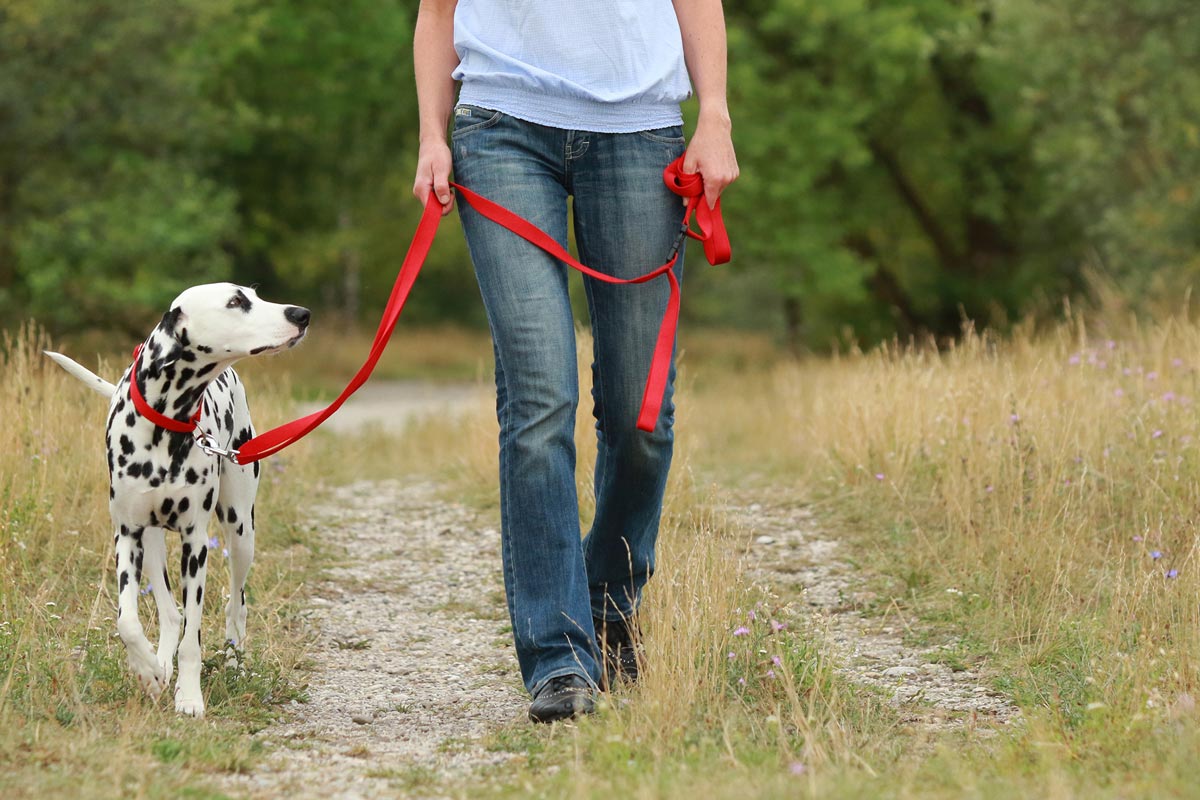
Only because it takes more time than most other things, leash training is where dog owners tend to cut corners most. Do you remember that lab you saw (for example) with the steel pronged collar meant to dig into his neck if he pulled, or the person that continually zaps their pooch over and over with an electric collar?
Leash training can be one of the easiest and simplest dog training tasks, and very rewarding in the end! Though it will take time and devotion, both you and your dog will strengthen your bond through pleasant walks before you know it!
Alternative Tools
Although the slip collar is by far the most popular, the tools listed below are often used to discourage pulling. There are several variations of both the head halter and slip collar, although proper dog training is the best option there is!
- Head halter (Pain-free, causes dog’s head/body to turn to one direction when pulling)
- Slip collar (Not meant to act like a ‘choke chain’)
Agility Dog Training
Do you remember those impressive dogs you saw on television, the ones performing what seemed like ridiculously difficult tricks few humans could do? Have you ever seen the national agility championships, where world-class dogs compete, or something similar?
Believe it or not, nearly all dogs (breeds) are capable of the same insane feats you saw on television. Your pet Labrador or boxer (for example) could almost certainly perform at the same skill level as those world class dogs you saw on TV. Not only can most dogs do these things, but they are also easy for them.
When it comes to agility training, a dog’s ability to learn is more of a question of the handler’s ability to teach. Dogs are very capable of something as simple as running through a tunnel or jumping through hoops. Even things that seem almost impossible to most humans, like backflips or hand-walking, comes easily to a dog if taught the right way.
Conclusion: 6 Things You Must Know Before Taking Your New Dog Home
When it comes to taking your new dog home, it is in your best interest to make sure that you have learnt as much as you can about how dogs learn and what the best method is for training them.
Ultimately, the question isn’t in the dog’s ability to learn nearly as much as the owner’s ability to teach the dog. Once you understand a dog’s behaviour, what drives them and why they would want to work for you, the rest comes quickly!
All you need to do is devote a little time out of your day for training and exercise. The benefits to both you and your pup are immeasurable.
Did you find this article helpful? Feel free to share by using the super-easy buttons below!

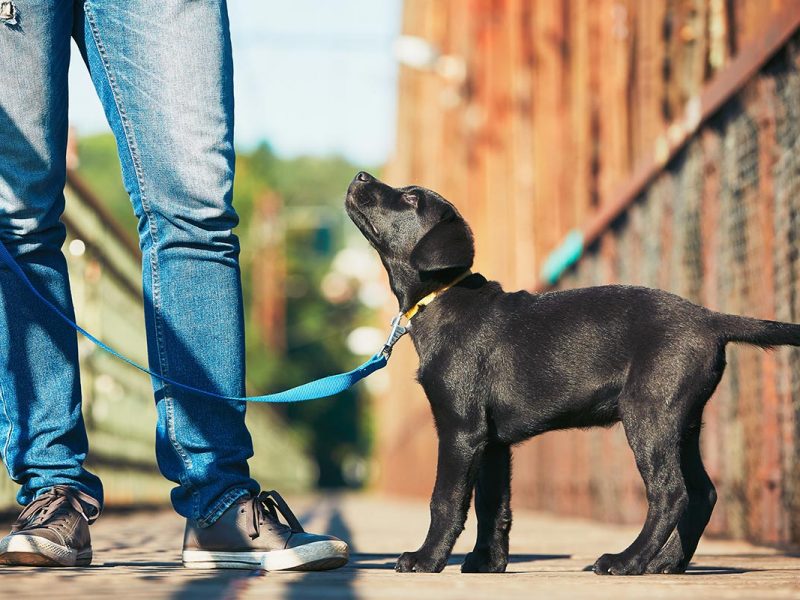
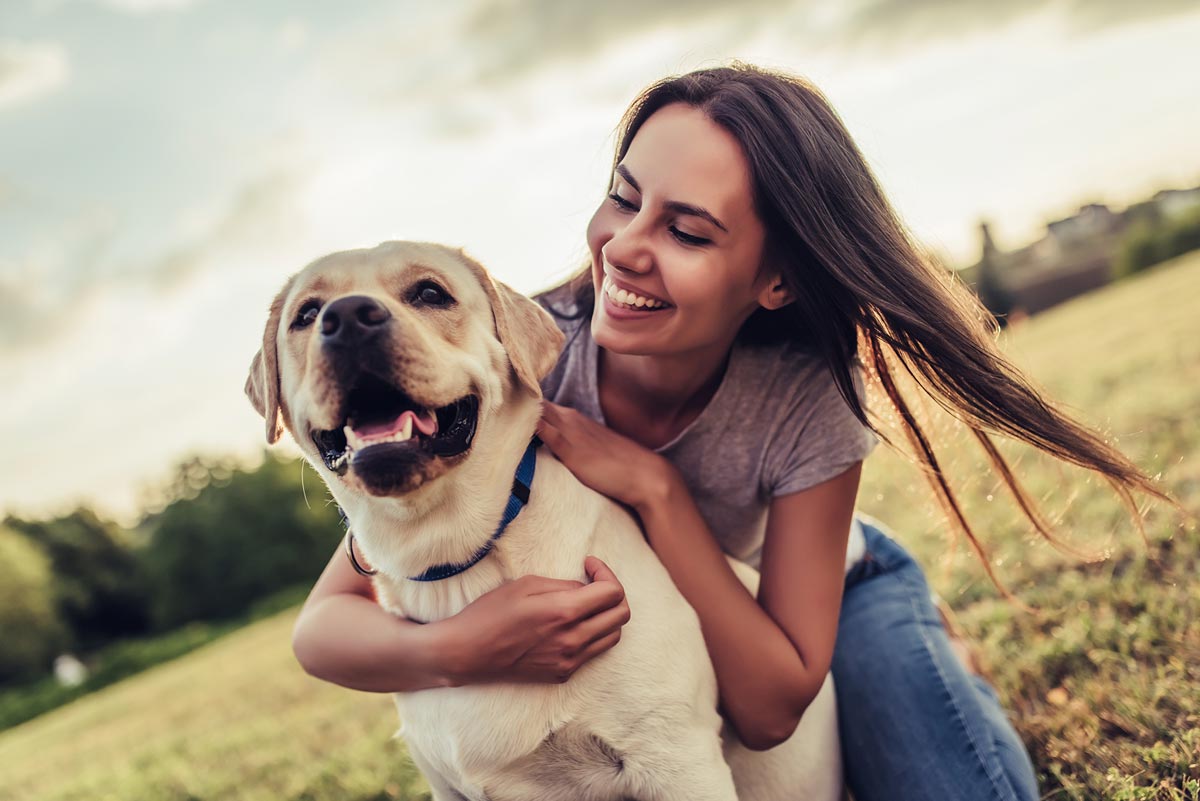
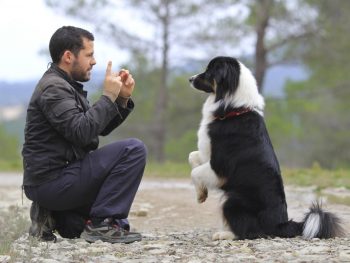
 8 Common Dog Behaviour Problems And How To Fix Them
8 Common Dog Behaviour Problems And How To Fix Them
